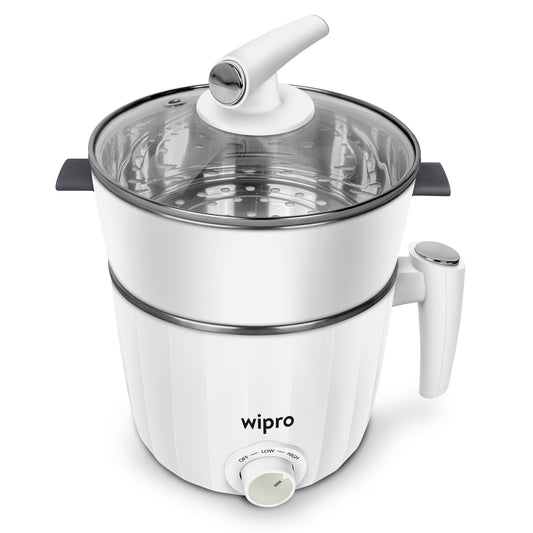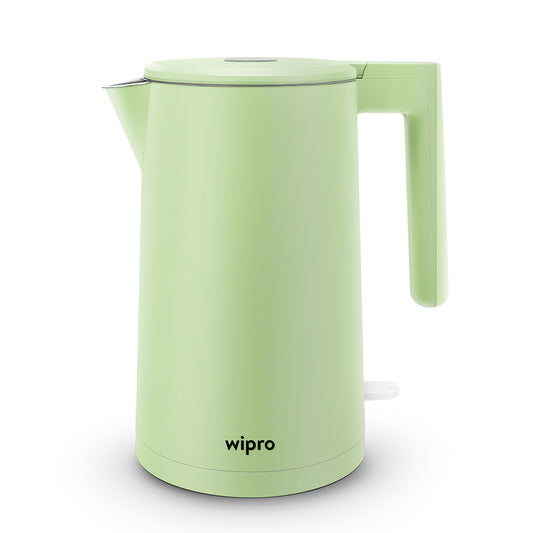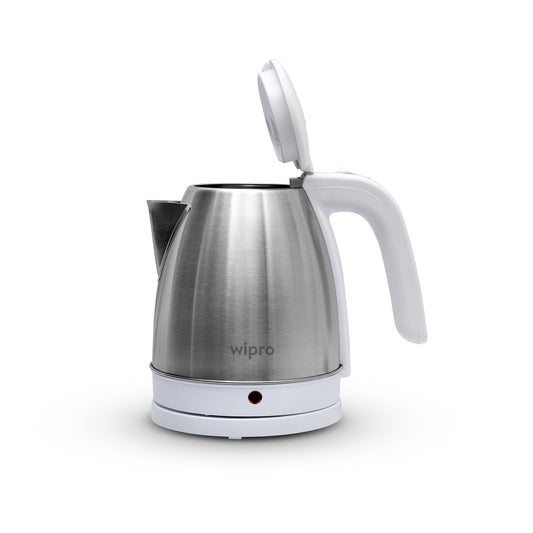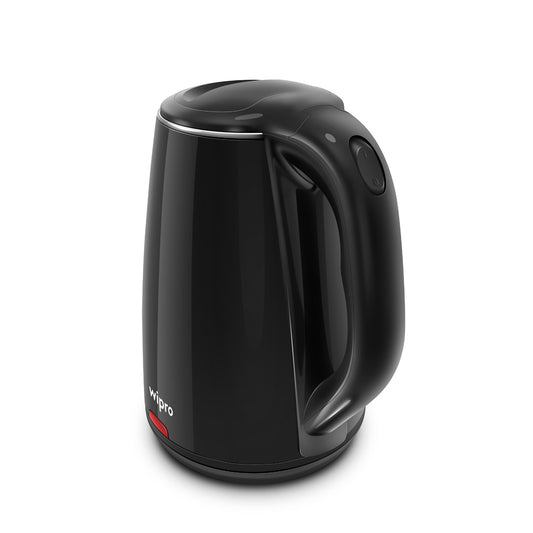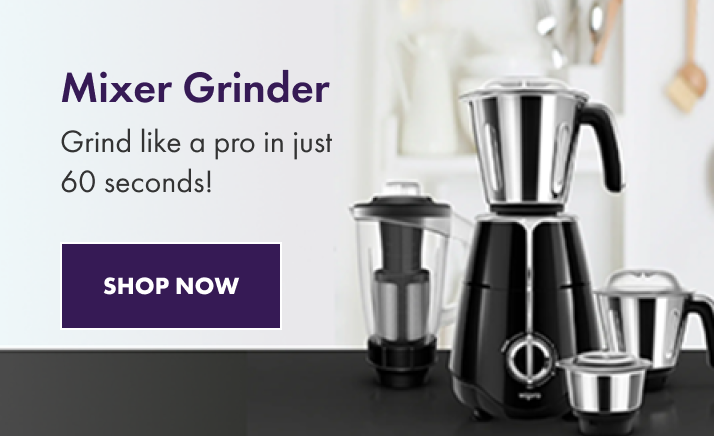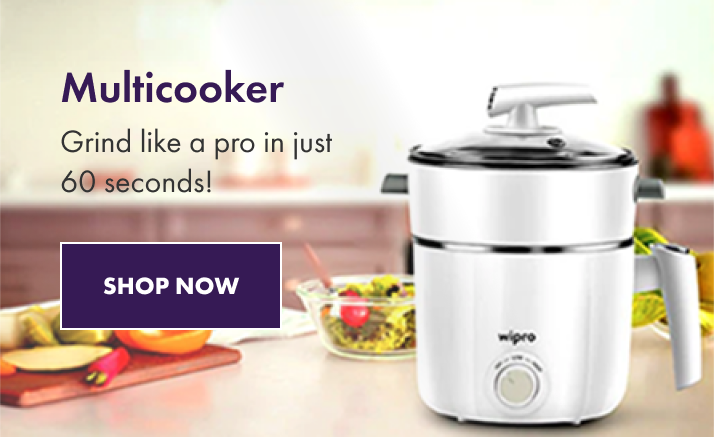Today’s kitchens are smarter, and so are the cooking tools we use. Among the top choices are traditional multicookers and modern multicooker kettles. While they may seem similar, there are important differences in cooking appliances to consider. This kitchen appliance comparison will help you understand the real distinction in the multicooker vs traditional cooker debate and highlight the unique multicooker kettle features that better suit today’s fast-paced cooking needs.
What Is a Traditional Multicooker?
A traditional multicooker is a multifunctional appliance designed to perform a variety of cooking tasks—such as boiling, steaming, slow cooking, and even pressure cooking. It’s a staple in many kitchens due to its ability to combine several cooking methods in a single pot.
However, traditional multicookers tend to be bulky and may take longer to heat. They often have multiple components, making cleaning a bit tedious. If you're comparing a multicooker vs traditional cooker, it's essential to note that traditional models are better suited for elaborate meals but may not match the speed and convenience needed for quick, everyday cooking.
This is a classic example in a kitchen appliance comparison, showing that while traditional multicookers are versatile, they might not always be the most practical.
What Is a Multicooker Kettle?
A multicooker kettle is a compact and modern appliance designed for quick cooking. It’s ideal for boiling water, making noodles, preparing soups, cooking oats, boiling eggs, and even making tea—all in a matter of minutes. Unlike traditional multicookers, these kettles are easy to use and clean, making them perfect for fast-paced lifestyles.
In terms of multicooker kettle features, they typically include dual temperature controls, cool-touch exteriors, and rustproof stainless steel interiors. They also heat up faster due to their smaller size and focused design.
This appliance is a strong contender in the kitchen appliance comparison, especially for those living in small apartments, hostels, or working from home.
Multicooker vs Traditional Cooker
Understanding the cooking appliances differences is essential when choosing between a multicooker vs traditional cooker. Here’s a detailed breakdown:
- Size: Traditional multicookers are generally large and take up significant space. They may not be ideal for compact kitchens or small homes. In contrast, multicooker kettles are compact, portable, and perfect for dorms, apartments, or travel.
- Speed: Traditional models take more time to heat and cook, especially for slow or pressure cooking. One of the key multicooker kettle features is speed—these kettles can boil water or cook light meals in just minutes.
- Functions: Traditional multicookers offer multiple cooking modes, while a multicooker kettle is versatile for daily tasks like boiling, heating, and making quick meals.
- Ease of Use: With multiple settings and displays, traditional cookers can feel complex. Multicooker kettles offer simple, intuitive controls, making them ideal for quick use.
- Cleaning: Multicookers have multiple parts, making cleaning tedious. Kettles have a single, easy-to-clean stainless steel pot—highlighting an important kitchen appliance comparison point.
- Energy Use: Traditional models consume more electricity. In contrast, multicooker kettles are energy-efficient due to faster cooking and smaller volume—great for eco-conscious users.
Multicooker vs Traditional Cooker: Side-by-Side Comparison
| Feature | Traditional Multicooker | Multicooker Kettle |
|---|---|---|
| Size | Bulky | Compact |
| Speed | Slower to heat | Quick heating |
| Functions | Multiple cooking modes | Boiling, light cooking |
| Ease of Use | Slightly complex | Very user-friendly |
| Cleaning | Multi-part cleaning | One-pot cleanup |
| Energy Use | Higher | Lower |
Why Multicooker Kettles Fit Better in Today’s Kitchens
Modern kitchens are often compact, and lifestyles are busier than ever. With less time to cook and limited space, a multicooker kettle provides the perfect solution. It’s light, easy to carry, and cooks fast—ideal for students, working professionals, or anyone who prefers hassle-free cooking.
In this kitchen appliance comparison, multicooker kettles clearly stand out as practical tools for everyday use. Their design supports energy savings and minimal cleanup, two critical factors in today’s households.
These smart, compact appliances highlight how cooking appliances differences can influence kitchen management choices in a big way.
Introducing Wipro Elato Multi Cooker Kettle
If you’re looking for an appliance that balances convenience, performance, and safety, the Wipro Elato Multi Cooker Kettle is a great fit. Designed to support everyday cooking needs, this kettle offers:
- 1.5L Capacity: Perfect for solo or small family cooking
- SS304 Rustproof Interior: Durable and food-grade safe
- Dual Temperature Control: Lets you choose between boiling and gentle cooking
- Cool-Touch Body: Safe to handle even during operation
When comparing multicooker kettle features to traditional models, the Wipro Elato shines in speed, design, and ease of use. It’s a thoughtful upgrade for modern users who want simplicity without compromising on performance.
Conclusion
As kitchen needs evolve, so does the way we cook. In the multicooker vs traditional cooker debate, both appliances have their strengths—but for quick, daily use, multicooker kettles are becoming the smarter choice. Their compact design, faster cooking, and easy cleanup make them ideal for today’s lifestyle. When it comes to cooking appliances differences, the shift is clear. If you're planning your next kitchen appliance upgrade, a feature-rich option like the Wipro Elato multicooker kettle is worth considering.























































































































































































































































































































































































































































































































